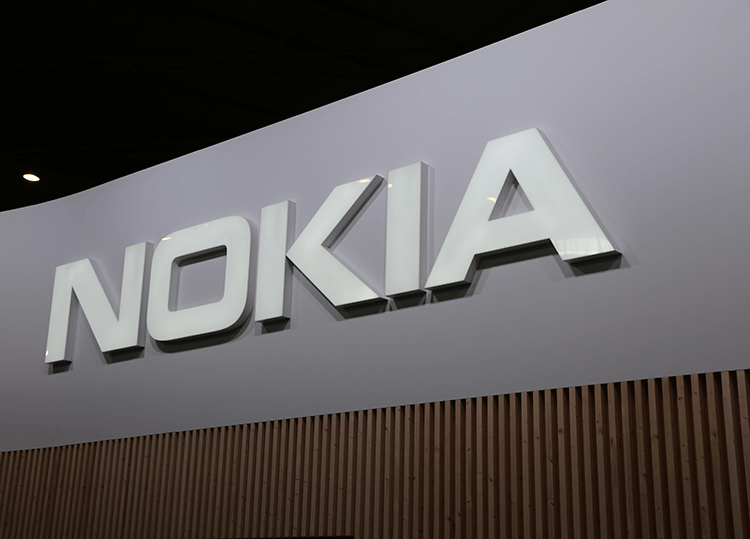Verizon Business announced a five-year partnership deal with the National Football League (NFL) to deliver a Managed Private Wireless Solution across each of the 30 U.S. NFL stadiums.
This solution includes full support for coach-to-coach communications on the field .
Verizon said its Managed Private Wireless solution was successfully piloted during all five international NFL games this season spanning across the UK, Germany and Mexico. This included deployment and management of the private wireless technology, testing and coordination and in-game operational support.
“In an NFL game, every moment matters – seconds matter – as the margin between winning and losing is miniscule. The backbone of world-class play on-the-field is communication,” said Sowmyanarayan Sampath, CEO, Verizon Business. “The NFL understands and leans into the power of innovation and technology and this Managed Private Wireless solution deployment is a testament to how the NFL uses the latest technology for the game.”
Verizon will showcase this solution in a 30-second commercial spot “Next Season Starts Now,” slated to air immediately following the Super Bowl LVII broadcast on Feb. 12.
This solution is part of the broader Verizon Business Connected Venue approach, which is rooted in its 5G investment in more than 75 large public venues in the United States, including some of the most iconic major sports and music venues.
https://www.verizon.com/about/news/verizon-named-nfls-official-private-wireless-network

















